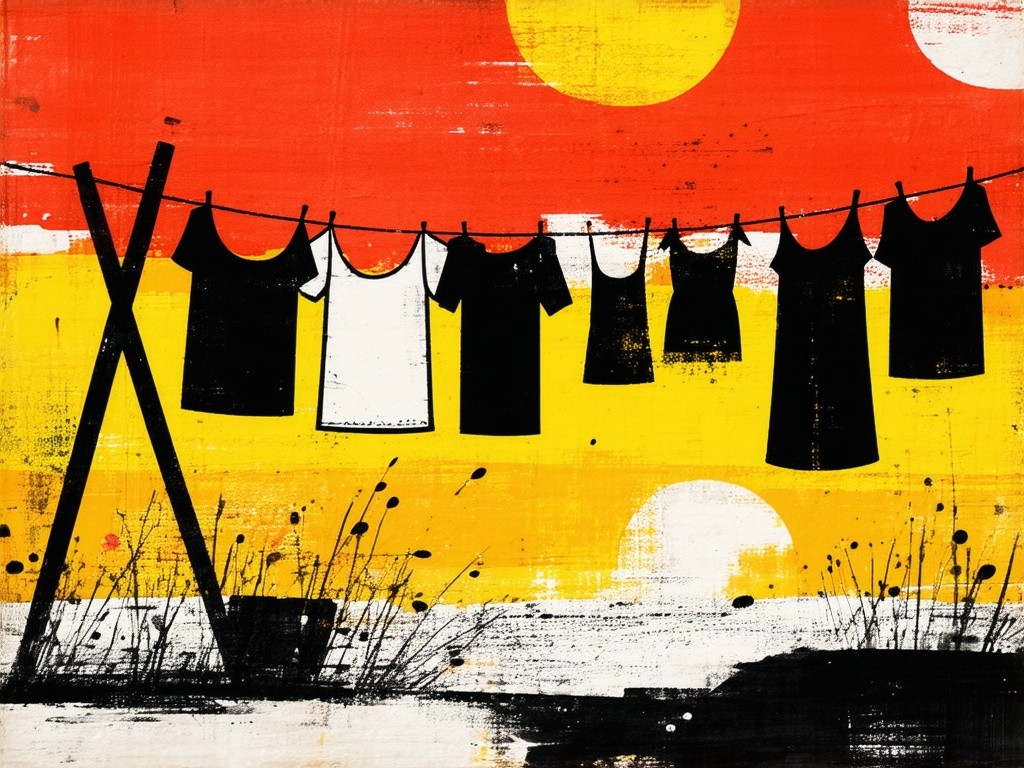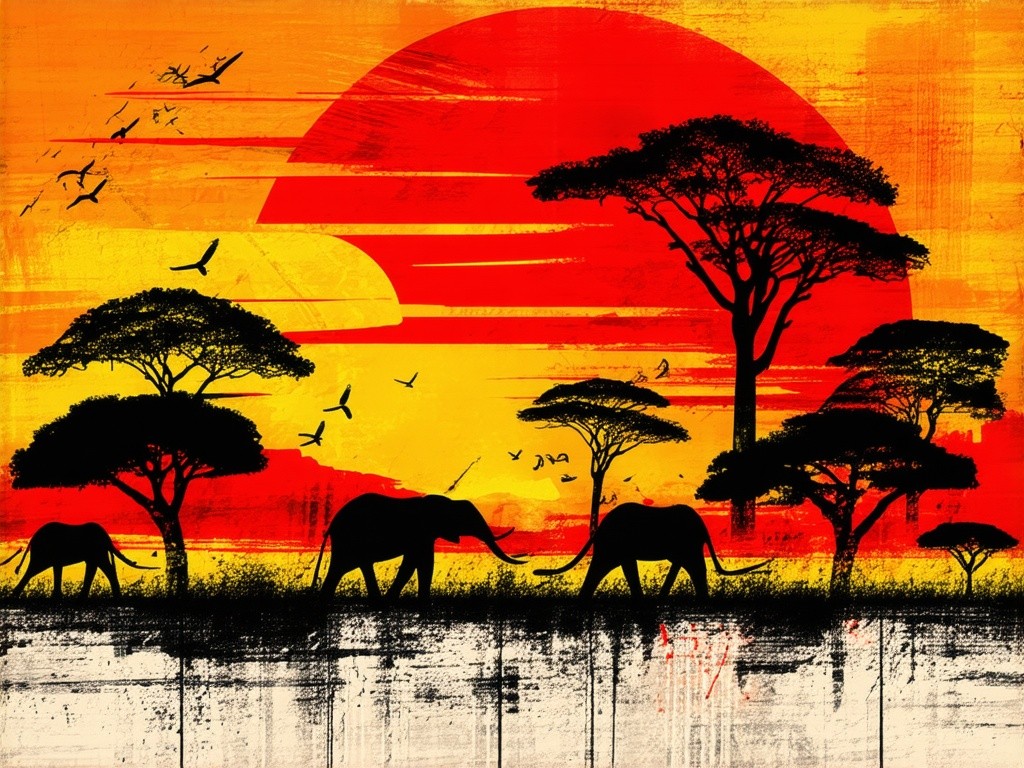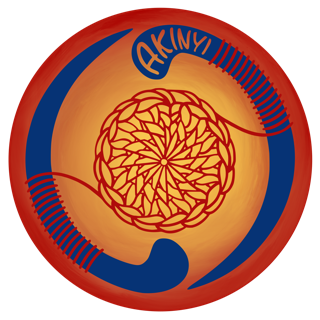Kenya: A Major Importer of Used Clothing
 In 2021, Kenya imported over 900 million used clothing items, making Kenya the 4th largest importer of used clothing globally by 2022. The second-hand clothing trade, known locally as “mitumba,” has a substantial economic impact. Fun fact the Swahili term “Mitumba” means “dead white man’s clothes”.
In 2021, Kenya imported over 900 million used clothing items, making Kenya the 4th largest importer of used clothing globally by 2022. The second-hand clothing trade, known locally as “mitumba,” has a substantial economic impact. Fun fact the Swahili term “Mitumba” means “dead white man’s clothes”.
Let me give you a couple of quick stats:
-
-
- It’s estimated to employ about two million individuals across Kenya.
- Major markets for this trade include Gikomba, Eastleigh, Muthurwa, and Toi in Nairobi.
- The sector generates KSh144 million per month, exclusive of county government charges.
- It provides significant revenue to the government through customs duties.
The popularity of second-hand textile markets like Gikomba in Kenya, and the revenue earned from this trade portrays how deeply second-hand clothes have been embraced on the continent. Shockingly, around 30% of the clothes are unsellable. Despite this volume, only a small fraction is recycled or repurposed effectively.
The Environmental Consequences
What happens to the clothes nobody wants? Sadly, many end up in landfills or are burned, causing pollution and environmental damage. In Africa, according to Greenpeace, around 40% of imported clothing is deemed waste and improperly disposed of. However, local sources often state much lower percentages – it’s a question of perspective, I suppose. Nevertheless, this contributes to the fashion industry’s substantial 10% share of global carbon emissions. Alarmingly, decomposing textiles release methane, a greenhouse gas 28 times more potent than carbon dioxide. Something to experience live at Kenya’s largest dumpsite Dandora in Nairobi.
 As mentioned earlier, the rapidly growing global population has doubled textile production in the last two decades. As a result, the demand for water has risen significantly.
As mentioned earlier, the rapidly growing global population has doubled textile production in the last two decades. As a result, the demand for water has risen significantly.
The Employment Paradox
On the flip side, importing used clothing provides jobs for millions, supporting over 2 million people in Kenya alone, through markets like Gikomba, one of the largest second-hand clothing markets in Africa. I’ll give you a better look at Gikomba in a future blog post – it’s a hectic but impressive place.
Yet, this benefit is offset by the environmental damage from textile waste and poor working conditions in many textile production countries and across the informal second-hand clothing market. Shockingly, the influx of cheap clothes has led to a significant decline in local textile production over the past two decades, undermining potential economic growth. You can find a more detailed analysis in a couple of studies by the International Trade Centre or the United Nations Conference on Trade and Development (UNCTAD).
The Problem of Waste Colonialism
This practice is called “waste colonialism” by environmentalists. Countries like Kenya suffer as developed nations dump their unwanted goods often under the guise of charitable donations. Recently, some European countries, like France and Sweden, are considering bans on low-quality textiles, pushing for global change. How serious they are and when this will actually happen – we don’t know. But this once again highlights the urgent need for international cooperation to address the problem and promote sustainable fashion.
Time to Take Action!
So, believe me, your choices make a difference. By choosing sustainable brands, handmade clothes, and recycling responsibly, you help create a more ethical fashion industry. We’ve seen in the 1990’s that it can work. Embracing a circular economy – repairing, reusing, and recycling – can extend the life of your clothes and reduce waste. Surprisingly, if everyone extended the life of their clothing by just nine months, it could reduce carbon, waste, and water footprints by 20-30% each.
Let’s think globally, act locally, and help foster a future where fashion supports human well-being and the planet’s health.

-
-
- It’s estimated to employ about two million individuals across Kenya.
- Major markets for this trade include Gikomba, Eastleigh, Muthurwa, and Toi in Nairobi.
- The sector generates KSh144 million per month, exclusive of county government charges.
- It provides significant revenue to the government through customs duties.
The popularity of second-hand textile markets like Gikomba in Kenya, and the revenue earned from this trade portrays how deeply second-hand clothes have been embraced on the continent. Shockingly, around 30% of the clothes are unsellable. Despite this volume, only a small fraction is recycled or repurposed effectively.
The Environmental Consequences
What happens to the clothes nobody wants? Sadly, many end up in landfills or are burned, causing pollution and environmental damage. In Africa, according to Greenpeace, around 40% of imported clothing is deemed waste and improperly disposed of. However, local sources often state much lower percentages – it’s a question of perspective, I suppose. Nevertheless, this contributes to the fashion industry’s substantial 10% share of global carbon emissions. Alarmingly, decomposing textiles release methane, a greenhouse gas 28 times more potent than carbon dioxide. Something to experience live at Kenya’s largest dumpsite Dandora in Nairobi.
 As mentioned earlier, the rapidly growing global population has doubled textile production in the last two decades. As a result, the demand for water has risen significantly.
As mentioned earlier, the rapidly growing global population has doubled textile production in the last two decades. As a result, the demand for water has risen significantly.
The Employment Paradox
On the flip side, importing used clothing provides jobs for millions, supporting over 2 million people in Kenya alone, through markets like Gikomba, one of the largest second-hand clothing markets in Africa. I’ll give you a better look at Gikomba in a future blog post – it’s a hectic but impressive place.
Yet, this benefit is offset by the environmental damage from textile waste and poor working conditions in many textile production countries and across the informal second-hand clothing market. Shockingly, the influx of cheap clothes has led to a significant decline in local textile production over the past two decades, undermining potential economic growth. You can find a more detailed analysis in a couple of studies by the International Trade Centre or the United Nations Conference on Trade and Development (UNCTAD).
The Problem of Waste Colonialism
This practice is called “waste colonialism” by environmentalists. Countries like Kenya suffer as developed nations dump their unwanted goods often under the guise of charitable donations. Recently, some European countries, like France and Sweden, are considering bans on low-quality textiles, pushing for global change. How serious they are and when this will actually happen – we don’t know. But this once again highlights the urgent need for international cooperation to address the problem and promote sustainable fashion.
Time to Take Action!
So, believe me, your choices make a difference. By choosing sustainable brands, handmade clothes, and recycling responsibly, you help create a more ethical fashion industry. We’ve seen in the 1990’s that it can work. Embracing a circular economy – repairing, reusing, and recycling – can extend the life of your clothes and reduce waste. Surprisingly, if everyone extended the life of their clothing by just nine months, it could reduce carbon, waste, and water footprints by 20-30% each.
Let’s think globally, act locally, and help foster a future where fashion supports human well-being and the planet’s health.

 As mentioned earlier, the rapidly growing global population has doubled textile production in the last two decades. As a result, the demand for water has risen significantly.
As mentioned earlier, the rapidly growing global population has doubled textile production in the last two decades. As a result, the demand for water has risen significantly.



[…] If you are reading this, I’m sure you sometimes wonder or check where your clothes come from. You can find a vast amount of well-researched posts on the production side of the fashion industry. Today, I will instead focus on the timeline of the rise of fast fashion. A look at what this implies for Kenya, I give you here. […]